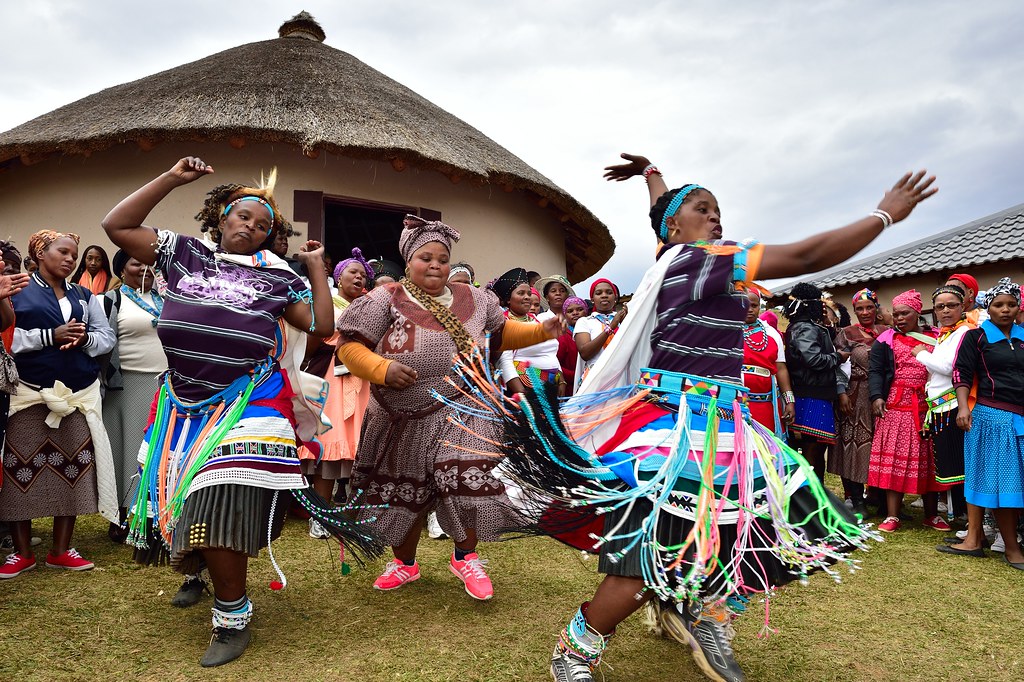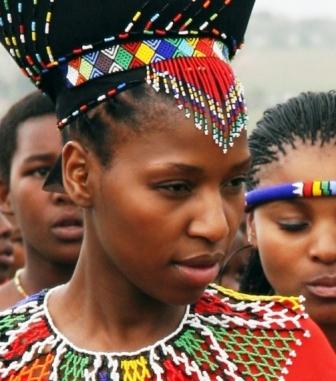South African Culture Today Can Be Fun For Anyone
Table of ContentsThe 20-Second Trick For South African Culture TodayExcitement About South African Culture TodayExamine This Report about South African Culture TodayAll About South African Culture TodayThe Main Principles Of South African Culture Today The smart Trick of South African Culture Today That Nobody is Discussing
An issue of significance in Zambian villages is the passing away of enjoyed ones. All participants of the town placed money, time and effort with each other for the funeral of the deceased.Songs and dancing is an extremely essential element of the Zambian society. The numerous tribal units have their own dance types; however, makishi is typical amongst all tribes.
5 Simple Techniques For South African Culture Today
When it concerns music, drums are made use of the most, with a variety of drumming ceremonies. In Zambia, bulk of the people are Christian; Protestant and Roman Catholic. There are small teams of Muslims and Hindus, with the rest adhering to neighborhood native tribal ideas.

South African heritage and society is exceptionally varied, and consists of several teams of people who each have their very own traditions and ideas. Having such a diversity of people and cultures is what makes South Africa so special. In real sense of the phrase, we are a rainbow nation.
South Africa has around 3 hundred thousand Portuguese individuals living in it. Making it the 7th on the list of countries with the most Portuguese people in it outside of Portugal. Portuguese is not only a culture, but it is likewise a language and a citizenship. Portuguese people originate from the country of Portugal in Europe, nevertheless, because of Portugal (like lots of various other countries in Europe) checking out the world and dominating other countries during the 15th 20th centuries, South Africa has what we call Portuguese South African's living in it.
The Ultimate Guide To South African Culture Today
Amongst the popular features of the topography is a plateau that covers almost 2 thirds of the center of the nation. The plateau complex climbs toward the southeast, where it culminates in the Drakensberg variety, part of an escarpment that separates the plateau from the coastal locations. The Drakensburg consists of Sparkling wine Castle, the greatest peak in the nation.
The region north of the Witwatersrand, called the bushveld, inclines downward from eastern to west towards the Limpopo River, which forms the global border. The western area of the plateau, the middleveld, also comes down towards the west and differs in altitude in between the highveld and bushveld. In between the Drakensburg and the eastern and southern coast, the land descends to the sea.
Nearer the shore there is a low-lying level called the eastern lowveld. Southwest of the plateau the country becomes considerably much more arid, paving the way to the stony desert of the Great Karroo, verged on the east by the reduced, much better watered plateau of the Little Karroo. Dividing the completely dry southerly interior from the sandy coastal of the southerly coast and West Cape is an additional variety, the Langeberg.
5 Easy Facts About South African Culture Today Described
The country's racially, ethnically, and politically separated background has actually produced nationwide and subnational symbols that still function as symbols of the country, and others symbols that are accepted only by specific groups. The monuments to white settler conquest and political supremacy, such as the Afrikaner Voortrekker ("leader") Monolith in Pretoria and the Rhodes Monolith honoring the British colonial empire building contractor and Cape head of state Cecil Rhodes, continue to be sectarian signs.
The very first contemporary occupants were the San ("bushman") hunter-gatherers and the Khoi ("Hottentot") individuals, who herded livestock (South African culture today). The San might have been present for countless years and left evidence of their presence in countless ancient cavern paints ("rock art"). Bantu-speaking clans that were the forefathers of the Nguni (today's amaZulu, amaXhosa, amaSwazi, and vaTsonga individuals) and Tswana-Sotho language groups (today's Batswana and Southern and Northern Basotho) migrated below eastern Africa as very early as the fifteenth go to this website century

Both previous republics of the Orange Free State and Transvaal (South African Republic) were developed by Afrikaner inhabitants who defeated and dispossessed the Basotho and Batswana. Lesotho would have been by force integrated into the Orange Free State without the expansion of British defense in 1869. The best unification of the nation resulted from the South African Battle (18991902) in between the British and the two Afrikaner republics, which lowered the nation to spoil at the beginning of the twentieth century.
Afrikaners historically considered themselves the just true South Africans and, while providing full citizenship to all citizens of European descent, refuted that condition to people of color up until the autonomous transition of 1994. British South Africans preserve a sense of cultural and social connection to Great Britain without weakening their identification as South Africans.
Getting My South African Culture Today To Work
The variety and fragmentation within ethnic groups and the balance of tensions between those teams during the twentieth century stopped interethnic civil dispute. While intergroup stress over resources, entitlements, and political prominence continue to be, those disputes are as most likely to match Zulu versus Zulu as Zulu versus Xhosa or African against Afrikaner.
From colonial India, British vendors and administrators brought the bent metal ornamental roofs and slender shoelace work pillars that still typify the terraces of homes in the areas and cities throughout the nation. Houses of praise contribute an essential building facet even in the smallest communities. Along with the skyrocketing steeples and classic stonework of Afrikaans Dutch Reformed churches, Anglican churches, synagogues, mosques, and Hindu shrines supply variety to the spiritual architectural scene.

Butchering and the brewing of typical grain beer are crucial in use this link securing the engagement and goodwill of the forefathers who are taken into consideration the guardians of good luck, prosperity, and health. Indian communities preserve their indigenous cooking traditions and use them on Islamic and Hindu routine and ceremonial celebrations. Afrikaners and Coloured people gather at weekends and unique events at multifamily barbeques called braais, where area bonds are strengthened.
Since this was the main financial enterprise of both black Africans and white colonists, dispute in between those groups fixated the possession of grazing land and livestock. In 1867, the biggest ruby down payments on the planet were discovered at Kimberley in the west main location. The wealth from those fields helped finance the exploitation of the best gold reef in the world, which was found on the Witwatersrand in 1886.
South African Culture Today for Dummies
This brought about misconceptions and calculated misstatement in the ventures of white visit this website inhabitants and federal government officials with African principals during the colonial duration (South African culture today). In the establishment of African reserves, some aspects of public and primarily "tribal depend on" land tenure were preserved, and also in white backwoods, forms of public tenure were still practiced in locations with African communities
After the autonomous makeover of 1994, programs for land restitution, redistribution, and reform were set up, but development has been slow. The white minority still regulates eighty percent of the land. In the wake of farming land invasions in Zimbabwe, the Division of Land Matters has vowed to speed up land redistribution.
Comments on “Getting My South African Culture Today To Work”